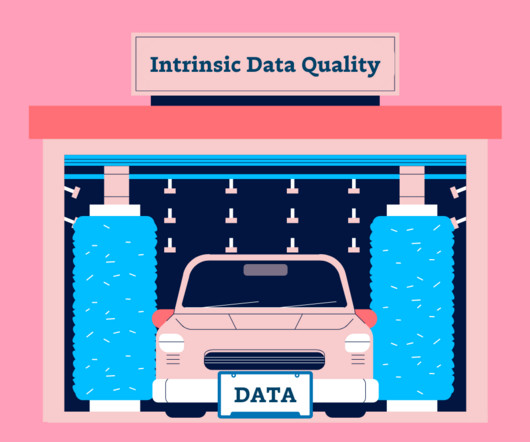Intrinsic Data Quality: 6 Essential Tactics Every Data Engineer Needs to Know
Monte Carlo
JANUARY 10, 2024
On the other hand, “Can the marketing team easily segment the customer data for targeted communications?” usability) would be about extrinsic data quality. In this article, we present six intrinsic data quality techniques that serve as both compass and map in the quest to refine the inner beauty of your data.

















Let's personalize your content